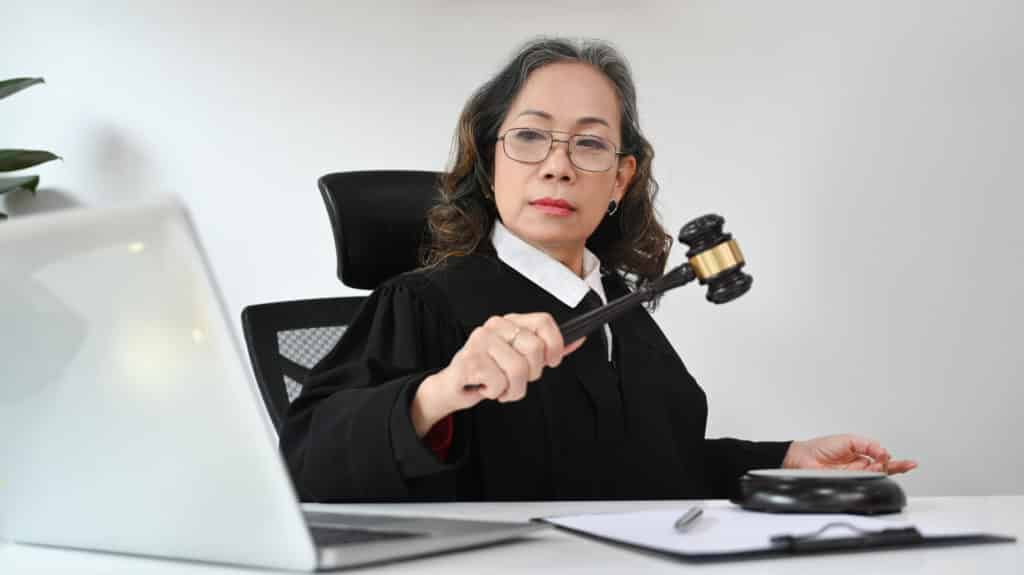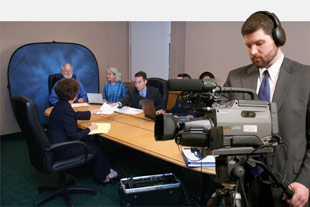Delving Into the Systems of Legal Videography: Introduction Its Operation in Safeguarding Genuine Visual Statement for Judicial Process
In the world of judicial procedures, the duty of lawful videography stands as a cornerstone in maintaining and providing aesthetic evidence. As technology proceeds to development, the systems behind legal videography have actually become progressively elaborate, offering a crucial layer of credibility to testaments captured on video clip.
Historical Advancement of Legal Videography
Analyzing the historical progression of lawful videography reveals a substantial transformation in the catching and discussion of visual evidence within the lawful landscape. In the past, legal procedures greatly counted on written photos and records to record events and supply proof. With the development of video clip technology, the lawful sector witnessed a paradigm shift in just how visual testimony was captured and provided.
The development of lawful videography can be traced back to the late 20th century when improvements in video clip recording tools made it much more obtainable for usage in court rooms. This technological advancement not just boosted the precision and integrity of aesthetic evidence but also transformed the method instances were presented to courts and courts (Legal Videography). Attorneys began to recognize the persuasive power of video clip recordings in conveying emotions, subtleties, and non-verbal signs that written photos or transcripts alone could not catch successfully

Technology Developments in Video Documentation
What vital technological developments have changed video documentation in the lawful field? The lawful field has actually seen substantial improvements in video paperwork technology that have actually enhanced the credibility and reliability of visual proof in judicial procedures.
Moreover, improvements in video clip file encryption and watermarking innovations have actually bolstered the security and tamper-proof nature of video proof, securing it against unauthorized changes or tampering. In addition, the development of cloud storage space solutions and remote accessibility capabilities has streamlined the storage, retrieval, and sharing of video clip proof, assisting in seamless partnership amongst lawyers and guaranteeing efficient access to essential visual statements when required. These technological developments in video paperwork have actually certainly reinvented the legal field, improving the accuracy, integrity, and admissibility of aesthetic evidence in judicial procedures.
Role of Lawful Videographers in Courtroom Setups
The advancement of video clip paperwork innovation in the lawful area has actually demanded a vital duty for lawful videographers in court room settings, making certain the stability and integrity of aesthetic testimonies presented during judicial procedures. Lawful videographers play an essential role in recording and protecting precise aesthetic proof that can be essential in lawsuit. Their obligation reaches establishing devices, recording proceedings, and producing top quality video clips that properly show the events in the court room.
In court setups, legal videographers should abide by strict guidelines and standards to keep the authenticity of the aesthetic record. They should possess an eager eye for detail and a thorough understanding of lawful treatments to ensure that the footage they capture is a true representation of the occasions that took place. Furthermore, legal videographers usually work carefully with legal teams to ensure that the video proof lines up with the instance's needs and can be effectively offered in court to support the legal arguments being made. On the whole, the duty of lawful videographers in courtroom settings is vital in maintaining the principles of justice and guaranteeing the openness of legal procedures.

Ensuring Admissibility and Integrity of Video Proof
To preserve the integrity of visual evidence presented in legal procedures, making sure the admissibility and integrity of video proof is a crucial duty for legal videographers. Admissibility describes the acceptance of evidence by the court, and for video clip proof to be acceptable, it needs to fulfill particular requirements. Legal videographers play a critical role in making sure that the videos they catch follow the rules of proof, such as credibility, significance, and reliability.
Stability of video clip evidence includes maintaining the originality and precision of the footage from the time it is videotaped till it exists in court. This consists of securely saving the video data, documenting the chain of guardianship, and protecting against any type of meddling or changes. Legal videographers should follow strict procedures to guarantee the stability of the video evidence and avoid any kind of challenges to its credibility.
Future Trends in Legal Videography
Offered the enhancing dependence on innovation in lawful proceedings, lawful videographers are positioned to accept ingenious advancements forming the future of visual testament capture and presentation. One of the noticeable fads coming up is the assimilation of online fact (VIRTUAL REALITY) and increased truth (AR) technologies into legal videography. These technologies have the possible to change just how visual proof is offered in courtrooms, enabling juries and judges to submerse themselves in the scene of the criminal activity or incident.
Additionally, making use of read what he said expert system (AI) formulas for video clip evaluation is expected to enhance the procedure of evaluating and assessing large amounts of video clip footage. AI can aid in recognizing vital moments, abnormalities, and patterns within video clips, enhancing the efficiency of legal investigations.

Verdict
To conclude, legal videography has actually played an essential role in supplying authentic aesthetic evidence for judicial process. Through technical advancements and the expertise of legal videographers, the stability and admissibility of video clip proof are made sure in court room settings. As legal videography my review here remains to evolve, it will be vital to promote requirements that preserve the accuracy and integrity of aesthetic statement for the future of legal proceedings.
Examining the historical development of lawful videography reveals a substantial transformation in the capturing and discussion of visual proof within the legal landscape.The advancement of video documentation modern technology in the lawful area has actually necessitated a crucial function for legal videographers in court settings, guaranteeing the stability and integrity of visual testimonies presented during judicial process. In addition, lawful videographers usually work very closely with lawful groups to ensure that the video evidence lines up with the instance's requirements and can be efficiently provided in court to support the lawful arguments being made.To keep the integrity of aesthetic evidence offered in legal Discover More process, guaranteeing the admissibility and honesty of video evidence is an essential obligation for legal videographers. As legal videography proceeds to progress, it will be important to promote requirements that preserve the accuracy and integrity of visual testimony for the future of lawful process.